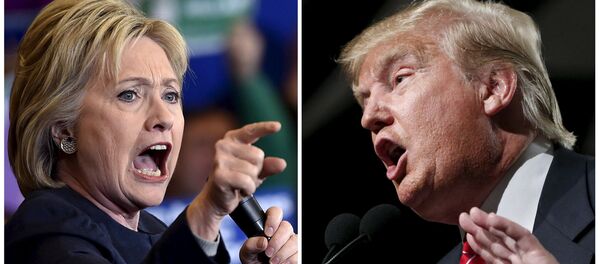Kristian Rouz — US retail sales accelerated in May, outpacing previous forecasts, at first glance suggesting a robust pickup in economy and boosting inflation expectations. Yet, the flat dynamics in business inventories for the same period indicate that American consumption is hardly expanding in absolute volume numbers. An increase in petrol prices was the main driver behind the upbeat consumption figures for May, whilst the inventories-to-sales ratio is still dangerously high, a potential hint at a stagflationary or recession scenario to unravel in the upcoming months.
"This is a very strong spring quarter for consumer spending, (the GDP) "is bouncing back pretty solidly," Stuart Hoffman of Pittsburgh, PA-based PNC Financial Services Group Inc. said.
A monthly advance in business sales was even greater in May, at 0.9%, the best since February 2014 as automobile sales rose 3.2%. However, business inventories, at the same time, gained 1.0% with seasonally-adjusted annualized business sales having slipped 1.3% during the same period. This is a sign of looming recession, akin to an overproduction crisis scenario. Business inventories-to-sales ratio was at 1.40% in May, the highest since mid-2009, when the US economy was mired in economic contraction.
Spending in petrol filling stations rose 2.1% in May due to the rebound in oil prices and a subsequent increase in fuel costs, whilst month-on-month imports prices added 1.4% last month after a 0.7% in April as the dollar slipped over the period on growth concerns. Dynamics in imports prices contributed to the gains in auto sales. Al in all, American consumer did not purchase more goods in May, as evidenced by the persistent increase in business inventories, buyers only were spending more money. A moderately good sign for inflation expectations, yet, the forming overproduction trend is alarming.
"Today's report, while not a blockbuster, should help to boost expectations for consumer spending and for the economy as a whole for the second quarter," Jim Baird of Kalamazoo, MI-based Plante Moran Financial Advisors said.
Payroll gains in May, according to a separate report by Labor Department, were below expectations, and whilst labor market participation also decreased to just 62.6%, its 38-year lowest, the overall economic outlook is barely encouraging.
Adding to the mounting concerns, US export prices further surged by 1.1% in May despite the slightly weakened dollar, whilst annualized imports prices are down by 5.0%. This persistently negative trend is weighing on the US positioning in international trade, with competitiveness declining, and widening deficits on the balance sheet hindering growth outlooks as well. As corporate America and the non-financial sector are still suffering from shrinking profits, a recession is still a likely probability by the end of the year, which also means the Federal Reserve might eventually roll their fund rates back to near-zero — instead of the previously-planned four hikes throughout 2016.





